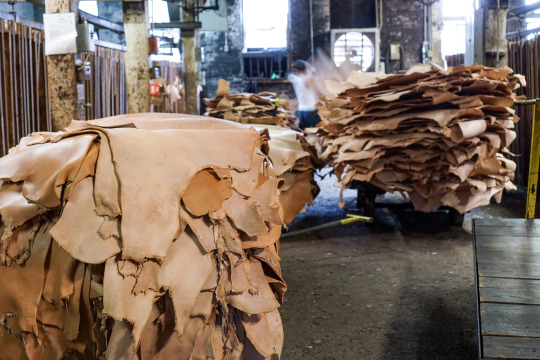There are lots of ways you can choose to seal the deal on your leather project, but it can be tough figuring out the best one for you. Sometimes you need to make sure your project won’t get scratched, while other times call for flexibility to come to the forefront. We’re going to give you the highs and lows of some of the most common ways to seal a leather project.
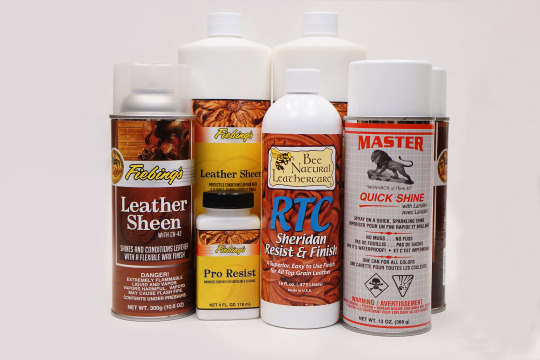
Keep in mind that while things like antique paste can be considered finishes, this article focuses on products that will seal your work!
Resist
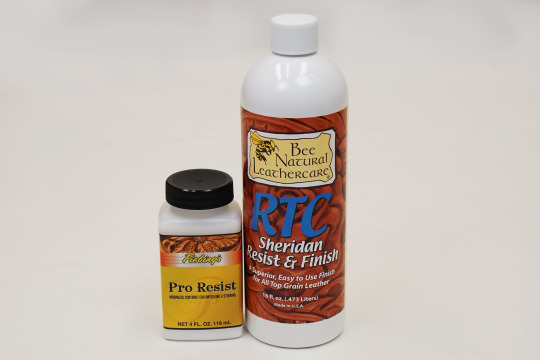
These finishes aren’t true finishes, but we included them here because of their regular association. Resists work well as intermediary coats when coloring leather. They work especially well with antique stains. Like the name suggests, it will resist color put on top of it, meaning stains that are applied won’t penetrate the leather as well. However, no amount of resist will completely prevent color from adhering to a project.
Polyurethane Based Finishes
Polyurethane finishes are a fine choice for those who put protection above all else. While we don’t carry finishes made from polyurethane, they are popular among those that require hardness and stiffness for their projects. These finishes can vary in thickness and therefore, vary in hardness, but they are the best bet for ensuring that your projects will weather the storm of rough use.
Wax and Shine Finishes
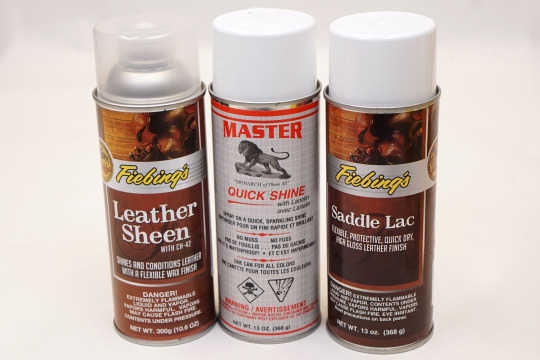
Wax finishes are a great solution for those who want a high-shine finish that will seal their color work and retain pliability. These wax finishes won’t protect your work from rough/heavy handling like polyurethane, but they will give your work a luster you can count on and protect your paint/dye. Spray finishes like Master’s Quick Shine are consistent and efficient ways to cover your work. Standard waxes take a bit more elbow grease, but can finish off your work with different degrees of luster that are more easily manipulated.
Acrylic Finishes
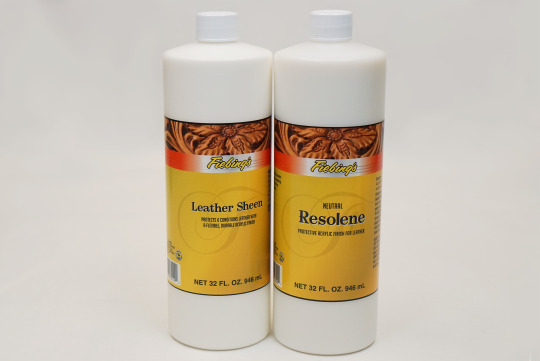
Acrylic finishes are an SLC favorite. They offer immense protection with a moderate amount of stiffness. In a venn diagram of finishes, acrylic finishes would likely be in the middle. They are buildable (in thin layers) and won’t stiffen projects a great deal. They are somewhat resistant to abrasions and, of course, they’ll seal your color work wonderfully.
No matter which finish you choose, you want to make sure that you’re getting the best deal! Be sure to check out the finishes section of our website. If you have more questions about finishes, use the Inbox button above or visit the Ask the Pros page on our website where Kevin or one of our awesome team members will send you email with an answer just for you. Until next time!


